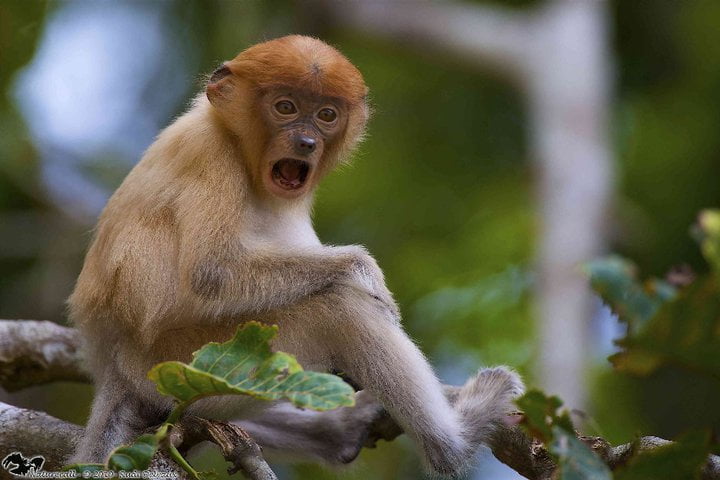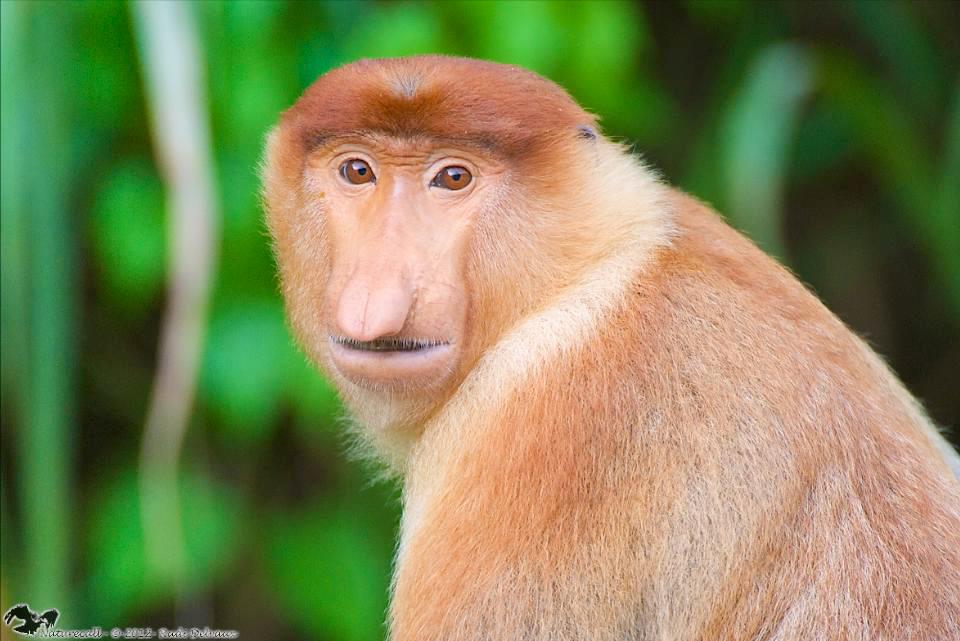Conservation Genetics and Management of the Proboscis Monkey (Nasalis larvatus) in Sabah
About
Sponsor: Yayasan Sime Darby
Collaborator: Sabah Wildlife Department
Duration: 2012-2017
Introduction:
The rapid area decreases and fragmentation of N. larvatus habitat are likely to have led to a significant decrease in population sizes and, hence, to a significant genetic impoverishment. It is, therefore, crucial to rapidly sample as many populations as possible to determine the extent of genetic diversity present in remnant populations (continuous and isolated) and characterise their genetic health to propose management measures to restore and re-establish healthy populations of proboscis monkeys. Habitat loss and fragmentation have also increased the isolation of proboscis monkey groups. Therefore, rescue and translocation operations in all areas where the monkeys are at high risk of being killed are also needed.
This study aimed to examine the phylogeographic patterns, genetic diversity and differentiation within and between the five major centres of continuous population distribution and proboscis monkeys’ small, isolated populations. This data provided the Sabah Wildlife Department with accurate information about the genetic diversity and genetic health of the proboscis monkey in Sabah to include in the conservation management programme of the species in the state.
Objectives:
- Determine the population structure and demographic history of the proboscis monkey in Sabah.
- Identify the level of genetic differentiation between sub-populations and the threats to genetic diversity.
- Determine if and how landscape (riverine and mountain barriers) and environmental factors are influencing gene flow and population structure in the proboscis monkey populations in Sabah.
- Simulate changes in genetic diversity and differentiation within and among fragmented populations of proboscis monkeys in Sabah using different management scenarios and examine the genetic implications of management options for fragmented populations of proboscis monkeys (following Bruford et al. 2010).
- Subsequently, identify appropriate intervention measures to maintain gene flow and diversity between the proboscis monkey sub-populations in Sabah.

Proboscis monkey ©Rudi Delvaux

